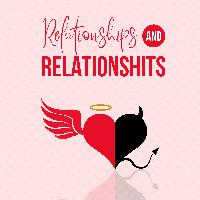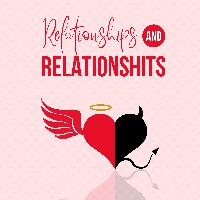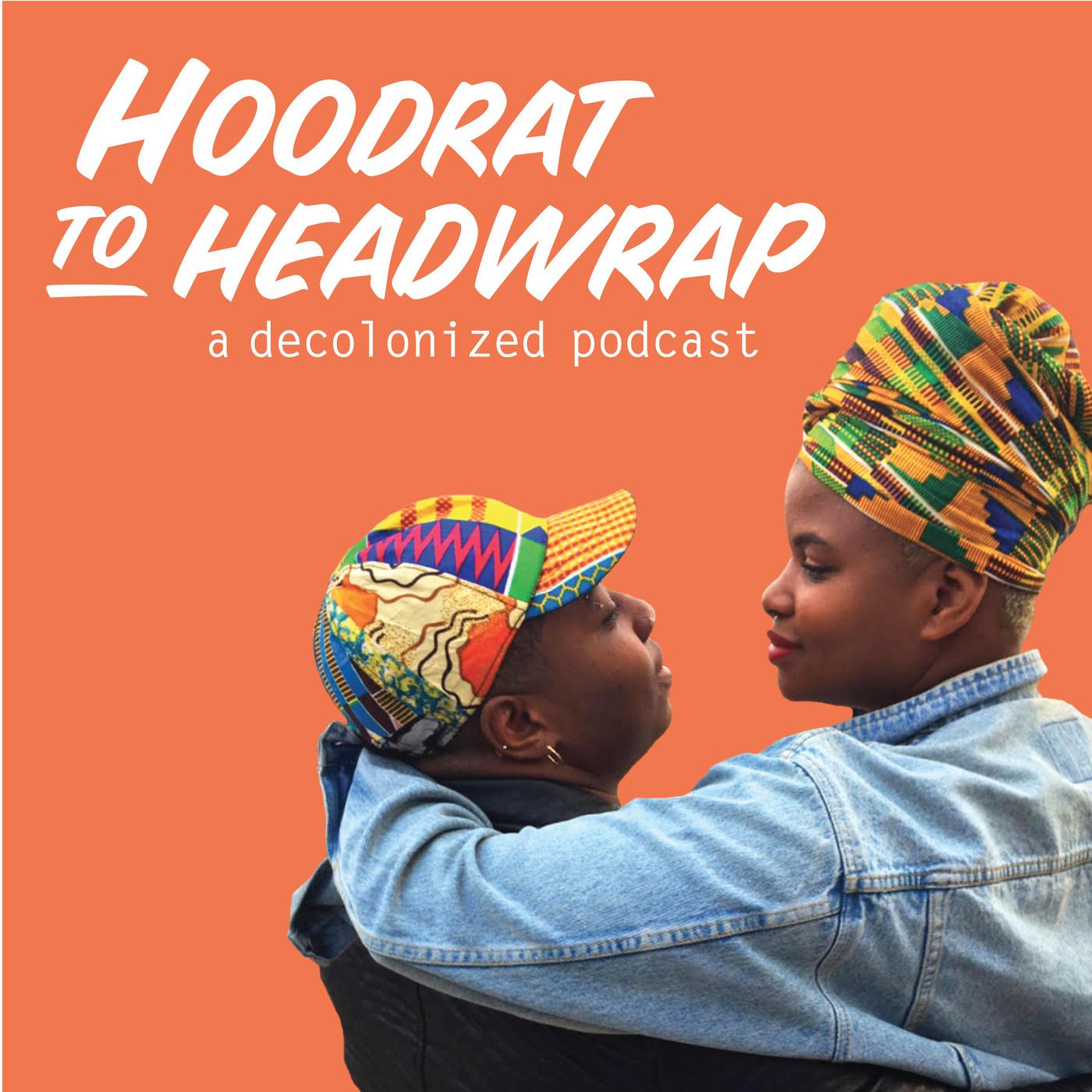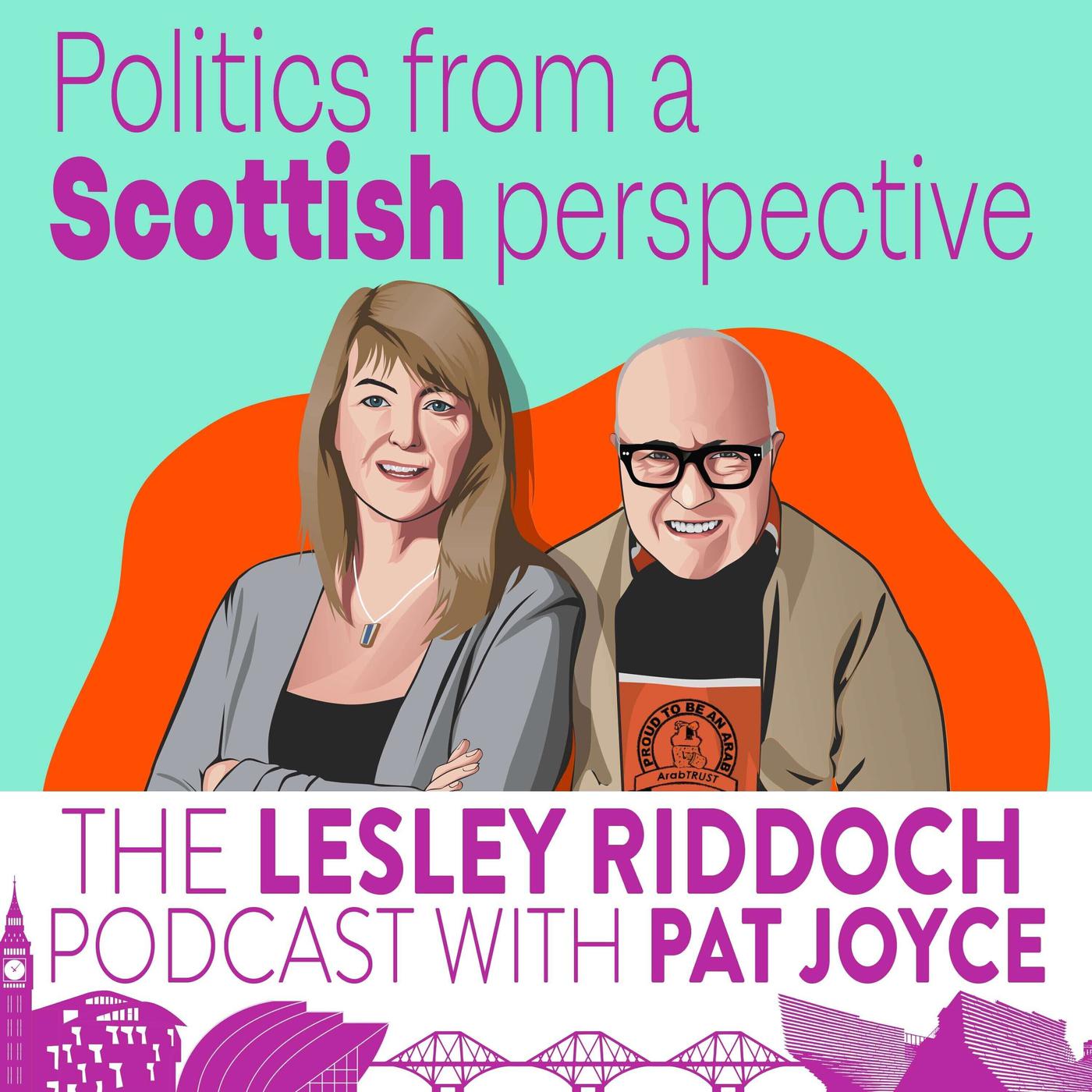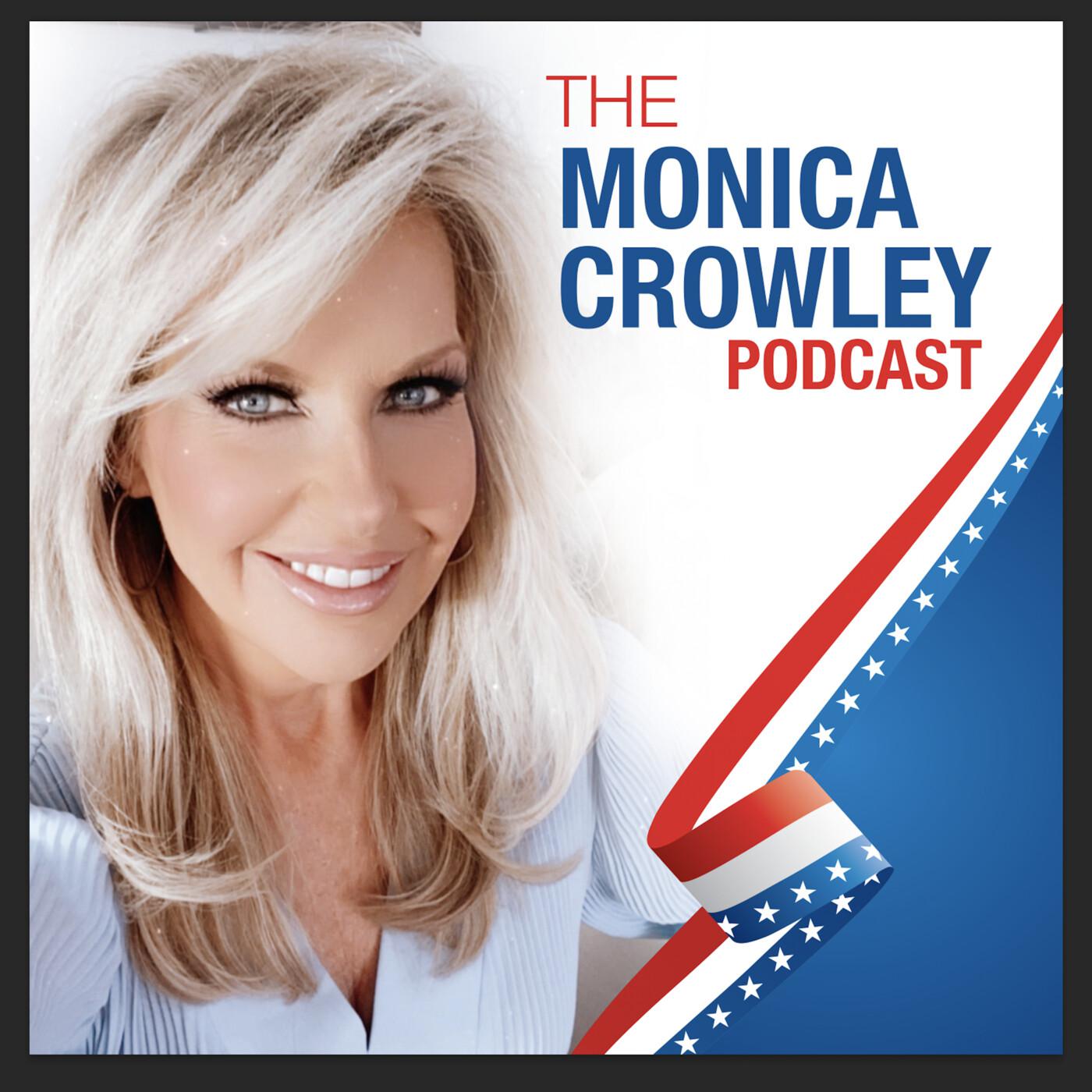Relationships and Relationshits
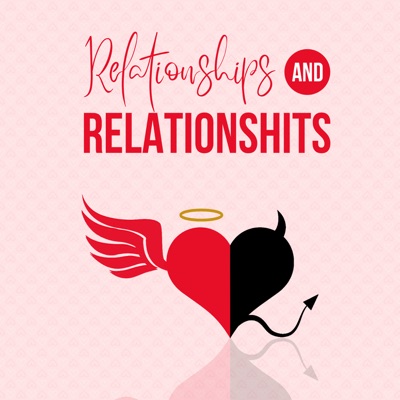
Relationships and Relationshits
2.1
1300+ APD
Global Rank
TOP 2%
Creator:
Jason Green
- Society & Culture
- Self-Improvement
- Mental Health
- Health & Fitness
- Relationships
- Education
- Human Resources
- Learning and Development

Become a Verified PARTNER.FM Member:
By joining PARTNER.FM, you become part of a vibrant community of podcasters who are passionate about their craft. As a verified member, you gain access to exclusive benefits and opportunities. Let's set you apart from the rest!
Increase the Visibility of Your Podcast:
Stand out in the crowded podcast landscape! List your podcast on our platform to gain exposure and attract a broader audience. Our dedicated marketing team is here to promote your content, helping you reach new heights.
Get Matched with Brands (It's Free)
Monetize your podcast through brand partnerships. We connect you with relevant brands seeking collaborations, enabling you to showcase your unique voice to their target audience. It's an excellent opportunity to grow your podcast while maintaining authenticity.-
Podcast Promotional Options
Podcast data
Created By Jason GreenPodcast Status activeStarted 26/07/2020Latest Episode 08/05/2023Release Period EpisodicEpisodes 65Partner Reviews 0Language EnglishFrequency 74Average Length 12 minutes and 34 secondsCountry United StatesGlobal Rank TOP 2%Description
The Relationships and Relationshits Podcast is the number one resource to help you navigate through the challenging, yet rewarding world of relationships. Relationships are not easy and we are here to help you figure it out. I`m going to tell you what Attachment Styles is. Let’s get into Attachment Styles, also known as Attachment Theory. So what is Attachment Styles? It is basically how your relationship with your caretakers as a child has an affect on your romantic relationships. And even though it’s about romantic relationships it’s more about security than romance. There are four different kinds of Attachment Styles. We have the three major ones: Secure, Anxious, and Avoidant. And a fourth smaller one called Disorganized. These four Attachment Styles are divided by two categories. There is the Secure category which has only Secure Attachment Style in that category. And there is the Insecure category which has Anxious, Avoidant, and Disorganized. People are put into these categories by the way they perceive and respond to intimacy with their romantic partner. These Attachment Styles differ in many ways such as their view of intimacy and togetherness, the way they deal with conflict, their attitude towards sex, their ability to communicate their wishes and needs, and their expectations from their partner and the relationship. The first thing I would like to point out is that you are not just Secure or Anxious or Avoidant. It’s a spectrum. So for example I am about 50% Secure, 40% Anxious, and 10% Avoidant as of right now. So I’m not just Secure. But since Secure is my strongest I have more Secure traits than Anxious or Avoidant traits. And this isn’t for the rest of my life. If I date an Avoidant for a long period my Secure will decrease and my Anxious will increase. If I date a very Anxious person my Avoidant will go up some. So your Attachment Styles can change over time based on life experiences. You may always be Anxious, but you may be less Anxious as you get older or marry a Secure person. Studies show that about 50% of the world is Secure, around 20% are Anxious, 25% are Avoidant, and less than 5% are Disorganized. In future episodes I will go over in more detail what each Attachment Style is all about so you can see where you fit in. And I’ll share a link in the show notes so you can figure out your Attachment Style if you haven’t already. For Secure people, they feel comfortable with intimacy and are usually warm and loving. For the Anxious person, they usually crave intimacy and are often preoccupied with their relationships. For the Avoidant person, they usually equate intimacy with a loss of independence and constantly try to minimize closeness. Now you might be thinking ok so I learned I’m Anxious now what? Or why are Attachment Styles important? So understanding Attachment Styles is an easy and reliable way to understand and predict people’s behavior in romantic situations. For example let’s say you are Anxious and you would like to be less Anxious. Well having this knowledge can help you identify an Avoidant quicker. Avoidants will make your anxiety go up. With Attachment Styles knowledge you can see the Avoidant use distancing strategies against you causing your anxiety to rise in response. Wouldn’t it be nice to just figure out someone is not right for you quicker and move on. Or if you are already in a relationship, this information can help you improve your chances for success. It can help you understand your partner better. Maybe your partner didn’t have great parents like you. It’s not their fault their parents developed their brain a certain way making it more challenging for them to be successful in relationships. With this knowledge you can work together for a better future. This knowledge is also great for the parents. I think we all want our kids to be better than us. This knowledge can help you so you can hopefully keep your negative traits from affecting your kids. The infant is already sensing and can recognize their mother’s voice in the third trimester. Our children are already noticing and sensing things before they are even born, which is kind of scary. Once I got this knowledge, thanks to a therapist I had gone to see, I was able to understand past relationships way better. I was able to see when I was with a strong Anxious person how I sometimes became irritated by them and would not be as affectionate. I was able to see when I was with a very Avoidant person my mind and body turned into a ball of anxiety and I was acting in ways I’ve never acted before. And with the Avoidant person I was the one wanting to cuddle and have affection. I was like two different people in some aspects depending on who I was with. Thanks to this knowledge I can also see how my friends and families are in relationships. I can spot trouble pretty quick now for those in new relationships. And most importantly I can see what my ex-wife and I did wrong and right for our four kids as they start to get in relationships. So knowing your Attachment Style at a minimum can help greatly. Knowing all the types will help even more so you spot what doesn’t work for you or what you both need to work on. Also if you go the therapy route you can better explain to your therapist. The majority of them have at least a basic understanding of Attachment Styles. -
Episodes
-
Reviews
- There are no reviews yet
-
Podcasts like this
-
View Podcast
- AI & Data Science
- Business
- Tech News
- Society & Culture
-
View Podcast
- LGBTQ
- Society & Culture
- Politics
-
View Podcast
- Society & Culture
- News
- Politics
-
View Podcast
- History
- Society & Culture
- News
- Politics
-











